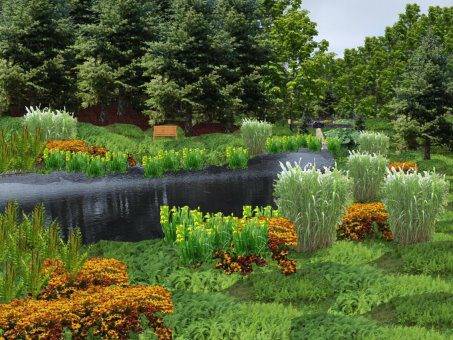Kale & Collards
| Growing Information: Collards CULTURE: Plant approx. 3 months before expected fall frost. Sow 3 seeds every 8″, 1/4- 1/2″ deep, in rows 18-30″ apart. Thin to 1 plant/group. You can also grow Collards from transplants, like cabbage. Beginning about 2 months after planting, harvest by clipping individual leaves. For salad mix: In a 2-4″ wide band sow 60 seeds/ft. Clip 4- to 5-week-old leaves. Collards are very hardy, will increase in eating quality into late fall and will be harvestable through the winter in most areas. Use row cover in severe climates. PESTS: They are not as afflicted with pests as are other cole crops like cabbage. Use row covers (see Index) to exclude pests from seedlings. Control cabbage worms with Dipel. DAYS TO MATURITY: From direct seeding; subtract about 14 days if transplanting. AVG. DIRECT SEEDING RATE: For bunching: 220’/1,000 seeds, 1,550’/oz., 24,000’/lb., at spacing above. TRANSPLANTS: Avg. 5,500 plants/oz. SIZED SEEDS: Where noted. SEED SPECS: SEEDS/LB.: 90,000-150,000 (avg. 112,000). PACKET: 1 gm. (avg. 240 seeds) sows about 20′. |
THE BENEFITS OF COLLARDS Collards provides an excellent source of vitamins B6 and C, carotenes, and manganese. It is also a very good source of vitamins B1, B2, and E, fiber, iron, copper, and calcium. Collards has almost three times as much calcium as phosphorus. This is a beneficial ratio because high phosphorus consumption has been linked to osteoporosis since it reduces the utilization and promotes the excretion of calcium. Collard greens exhibit the same anticancer properties as other members of the cabbage family. |

Recent Comments